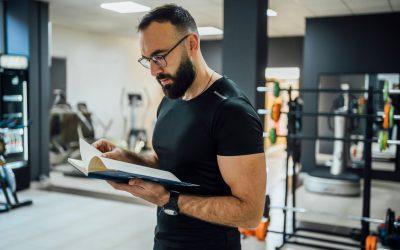Adenosine Triphosphate (ATP) is the primary transporter of ‘energy’ within the body which allows us to generate this work capacity.
Different fuel sources are responsible for varying modes of production of ATP and are suited for varying lengths of effort. There follows a description of the advantages and disadvantages of varying fuel sources and their ability to generate power through the production of ATP.
Phosphocreatin: High Intensity:
Advantages:
- Instant energy (generates ATP at a high rate).
- Doesn’t require Oxygen.
Disadvantages:
- Stores exhausted rapidly.
- Low yeild per unit of Phosphocreatin.
Carbohydrates (anaerobic): Moderate Intensity:
Advantages:
- Produces ATP at a high rate.
Disadvantages:
- Produces lactic acid – increases fatigue.
- Low yeild per unit of carbohydrate.
Carbohydrates (aerobic): Moderate Intensity:
Advantages:
- Produces ATP at a high rate.
Disadvantages:
- Depends on oxygen supply.
- Limited stores of glycogen.
- Stored in water, therefore increases weight.
Fat(aerobic): Low Intensity:
Advantages:
- High ATP yeild.
- Easy to store.
Disadvantages:
- Depends on oxygen supply.
- Slow rate of ATP production.
For effective energy production across broad time domains, a balance of energy types is needed. Regardless of the duration or intensity of the task at hand, proper nutrition will ensure fuel is available.
Dan Williams
DIRECTOR – Range of Motion
Accredited Exercise Physiologist
Accredited Exercise Scientist
Level One CrossFit Coach





